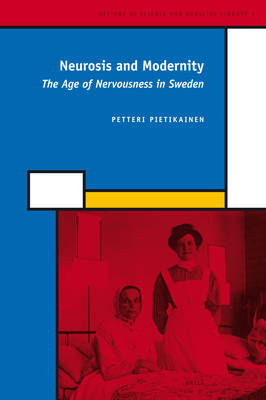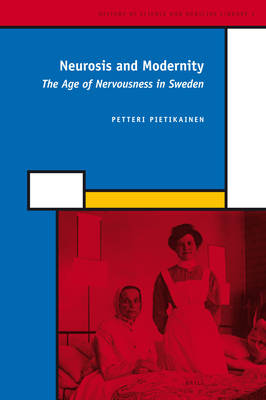
- Afhalen na 1 uur in een winkel met voorraad
- Gratis thuislevering in België vanaf € 30
- Ruim aanbod met 7 miljoen producten
- Afhalen na 1 uur in een winkel met voorraad
- Gratis thuislevering in België vanaf € 30
- Ruim aanbod met 7 miljoen producten
Zoeken
Omschrijving
In late nineteenth-century Sweden, paths to modernity created socio-cultural conditions conducive to the dissemination of the language of nerves. This book shows how neurosis became an extremely contagious diagnosis, and how our modern language of discontent, stress and malaise has a history that goes back to the birth of modern neuroses in the 1880s. Hysteria, neurasthenia, psychoneurosis and other neuroses spread from middle-class women to all segments of the Swedish population, and by the mid-1950s nobody was safe from the medico-cultural virus of neurosis. While offering the first historical analysis of the ways in which neuroses became a national malady in Sweden, this book illustrates and analyses general aspects of social and cultural history during the Age of Nervousness.
Specificaties
Betrokkenen
- Auteur(s):
- Uitgeverij:
Inhoud
- Aantal bladzijden:
- 392
- Taal:
- Engels
- Reeks:
- Reeksnummer:
- nr. 2
Eigenschappen
- Productcode (EAN):
- 9789004160750
- Verschijningsdatum:
- 20/07/2007
- Uitvoering:
- Hardcover
- Formaat:
- Genaaid
- Afmetingen:
- 160 mm x 240 mm
- Gewicht:
- 882 g

Alleen bij Standaard Boekhandel
+ 491 punten op je klantenkaart van Standaard Boekhandel
Beoordelingen
We publiceren alleen reviews die voldoen aan de voorwaarden voor reviews. Bekijk onze voorwaarden voor reviews.








